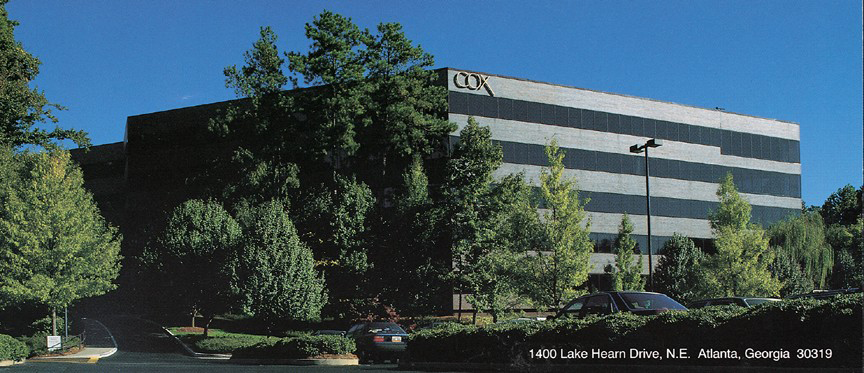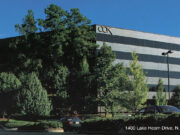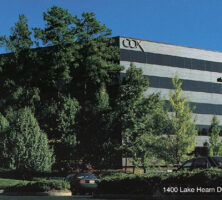Atlanta-based Cox Communications, Inc., the nation’s third-largest cable-television provider, serves more than 6.7 million customers and employs more than 23,000 people nationwide. It is a privately held, wholly owned subsidiary of Cox Enterprises, Inc.
Keeping pace with the changing technological landscape since its inception, Cox Communications has evolved as one of the nation’s leading multiservice broadband communications companies, offering cable and advanced digital video services to customers in twenty-two states. Additionally, the company offers home communications and entertainment services, including local and long distance telephone service and high-speed Internet access. Cox also provides voice, data, and video services to business customers, as well as local cable advertising services.
History
James Middleton Cox, who served three terms as governor of Ohio in the early 1900s, began building his media empire in 1898 with the purchase of the Dayton (Ohio) Daily News. In 1939 he added the Atlanta Journal and Atlanta radio station WSB to his growing list of businesses, and several years later he began operating television stations. James M. Cox Jr. took the helm of the company in 1957, following his father’s death. In 1962 the company acquired three Pennsylvania cable television systems, and over the next several decades, Cox amassed cable television systems nationwide.

Courtesy of Cox Communications
In 1995 Cox Enterprises spun off its cable division into the publicly traded Cox Communications, following an acquisition that nearly doubled its cable customer base. In early 2005 Cox Enterprises bought back the Cox Communications stock it did not already own and took the company private. As of 2006, the $6.5 billion empire was led by president Pat Esser; James Kennedy, a grandson of James M. Cox Jr., is the company’s chairman and chief executive officer.
Products and Services
Innovation has long been a company hallmark since Cox’s inception. In 1982 Cox was one of the earliest companies to offer pay-per-view television when it aired the Larry Holmes and Gerry Cooney heavyweight-boxing match. In 1989 it became the first cable-television company to establish formal customer-service standards, a strategic move that helped it garner numerous customer-service awards throughout the years and build customer loyalty. This loyalty paved the way for the success of Cox’s telecommunications and Internet services. In 2002 Cox launched high-definition television (HDTV) as a cable-television offering. Just two years later, the company expanded its digital video recorder service to all Cox markets and introduced “on demand” viewing.

Courtesy of Cox Communications
Cox Communications has also proved itself a pioneer in areas beyond cable television, winning praise from the Federal Communications Commission (FCC) in 1992 for making the world’s first personal communications services (PCS) phone call over a cable network. Cox began offering high-speed Internet access in 1996. In 1997 the company launched its digital telephone service and became the first communications company to deliver digital cable, telephone, and high-speed Internet services over a single broadband network into the home.
Cox’s many outreach endeavors include helping to found Cable in the Classroom, a national nonprofit organization that provides commercial-free television and resources to schools.







